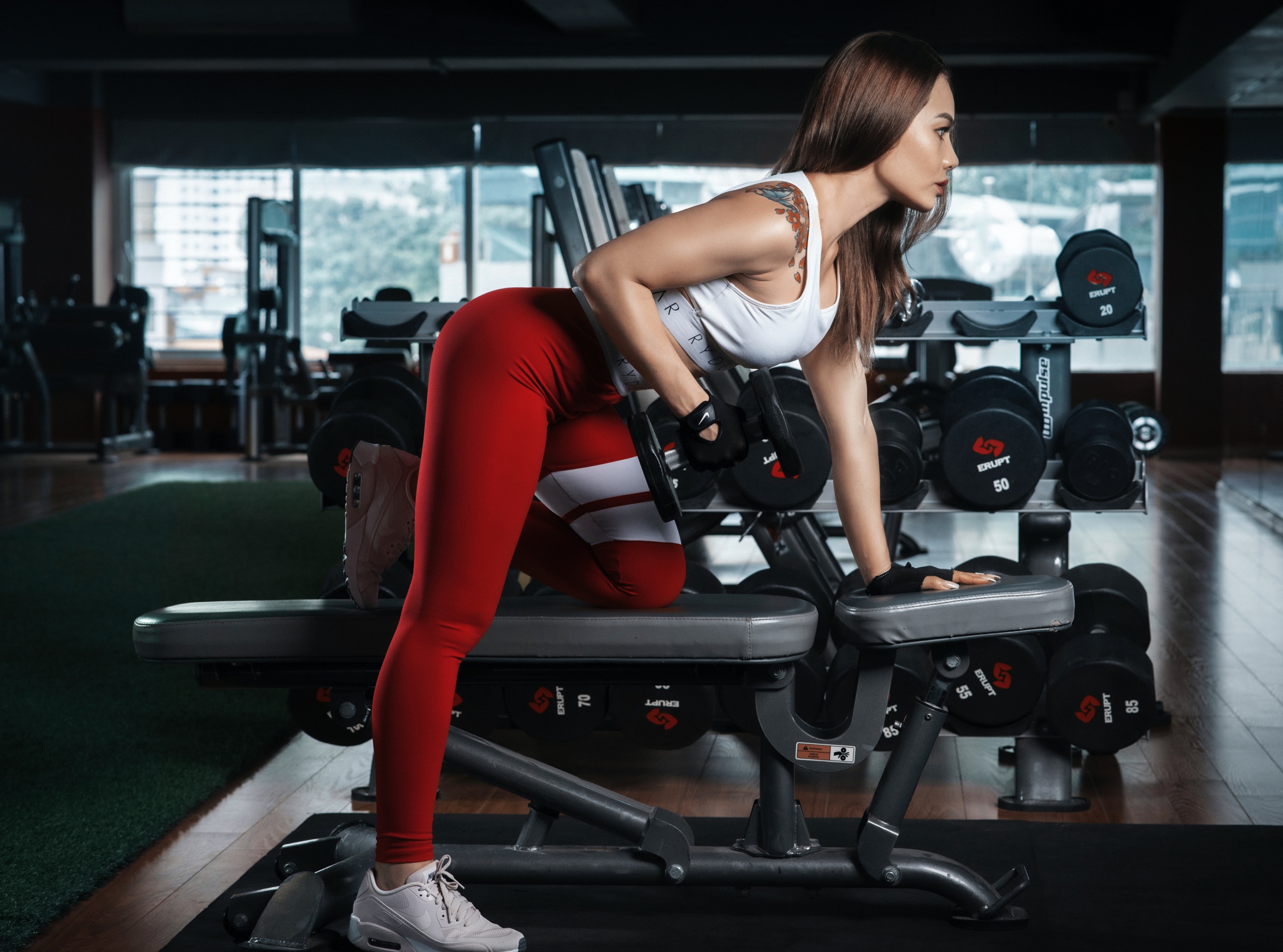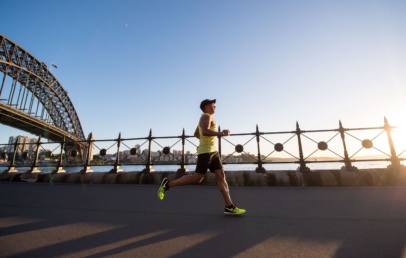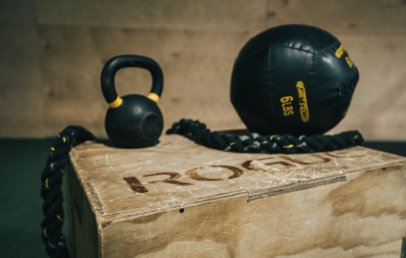
When it comes to exercise, most of us focus on the physical movements, the intensity, and the duration of the workout. However, one often underestimated aspect of a successful workout is proper breathing. The way you breathe during exercise can significantly impact your performance, energy levels, and even your recovery.
Why Does Breathing Matter?
Oxygen Supply: When you exercise, your muscles require more oxygen to produce energy efficiently. Deep, controlled breathing helps deliver oxygen to your bloodstream, fueling your muscles and enhancing their performance.
Waste Removal: As your muscles work, they produce waste products like carbon dioxide. Proper breathing assists in expelling these byproducts, preventing fatigue and promoting endurance.
Core Engagement: Conscious breathing engages your core muscles, promoting stability and balance during various exercises. It can also help protect your spine and reduce the risk of injury.
The Basics: Inhaling and Exhaling
Cardiovascular Exercise:
Running, Cycling, and Aerobics:
- Inhale deeply through your nose during the initial phase of the movement.
- Exhale forcefully through your mouth during the more strenuous part of the exercise.
- Maintain a steady rhythm to synchronize your breath with your movements.
Swimming:
- Inhale quickly and deeply when turning your head to breathe.
- Exhale through your nose and mouth when your face is submerged.
Strength Training:
Lifting Weights:
- Inhale before initiating the lift.
- Exhale during the exertion phase, such as when lifting the weight or pushing against resistance.
Mastering the art of breathing during exercise is a key component of achieving your fitness goals. Understanding when to inhale and exhale can enhance your endurance, improve your performance, and ensure a safer and more enjoyable workout experience.




